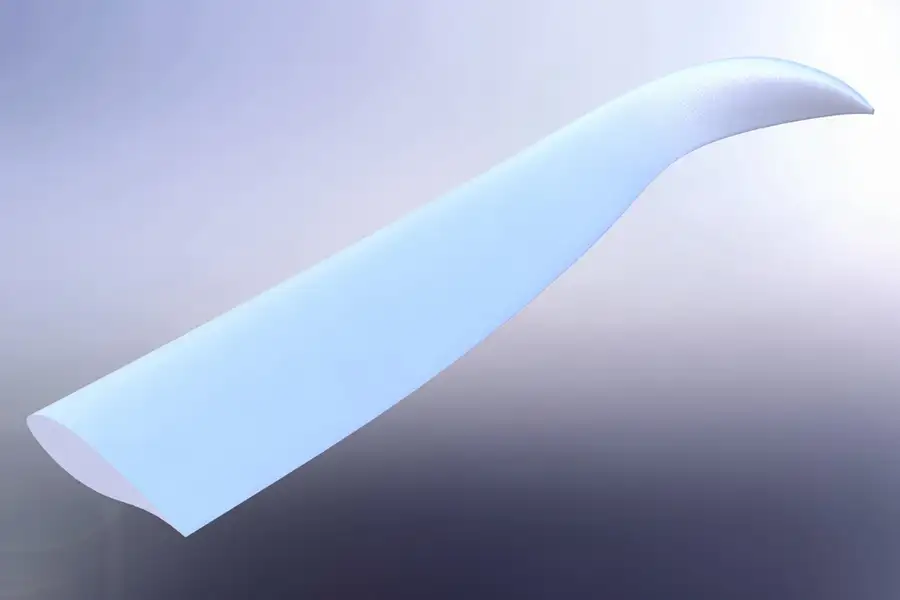A novel design modification, drawing inspiration from the wings of the Andean condor, holds promise for increasing the energy output of wind turbines, according to a recent study.
Researchers at the University of Alberta in Canada, led by Khashayar Rahnamaybahambary, have proposed incorporating winglets—upturned tips similar to those found on bird wings—onto the blades of wind turbines. While winglets are commonly used in aviation to optimize lift, their application in the context of wind turbine blades has not been extensively explored due to the logistical challenges of conducting experiments on large-scale turbines.
The team designed winglets based on the anatomy of the Andean condor, the world’s heaviest flying bird, known for its ability to cover vast distances despite its substantial weight. Through computer simulations of airflow within a turbine, they found that these winglets could reduce drag and improve efficiency by an average of 10%.
Rahnamaybahambary highlights that winglets not only decrease drag but also enable turbines to capture more wind energy by minimizing losses. He suggests that the retrofitting of existing turbines with winglets is feasible, likening the installation process to slipping on a sock over the blade’s end. The researchers are now working on developing an experimental setup to test a model of the winglet in a wind turbine.
Peter Majewski, a retired expert from the University of South Australia, acknowledges the engineering and aerodynamic rationale behind the study’s findings. However, he cautions that retrofitting existing turbines may pose practical challenges due to downtime and cost implications. Nonetheless, he emphasizes that integrating winglets into the production process of new turbine blades could yield significant performance improvements.

